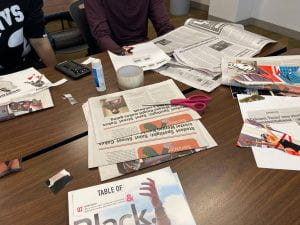Game Description
Number of Players: 2
Materials:
- 3 tennis balls
- 3 cardboard boxes, each of varying sizes, with holes cut into the bottom
- The smallest box has 3 holes, the medium-sized box has 4 holes, and the largest box has 5 holes
- The medium and large boxes also contain openings in the middle of each wall where the wall meets the bottom
Rules:
- Determine which player will start the game holding the box and which player will start the game throwing the tennis balls into the box.
- The player starting the game holding the box must take the smallest box.
- The throwing player and the box-holding player stand 6 feet apart from each other.
- Both players must keep their feet firmly planted in place until they switch roles or the thrower misses a ball.
- The throwing player will throw each ball one at a time into the box.
- Balls that miss the box entirely can be retrieved and rethrown.
- The player holding the box must attempt to balance each ball inside of the box such that each ball is in the box at the same time.
- The round is over once each ball is thrown.
- If all 3 balls are not in the box, the players will switch roles and repeat. If the goal is not met within 6 rounds (each player plays both roles 3 times), both players lose.
- If all 3 balls are balanced in the box, the players repeat the above with the box of the next largest size.
Goal:
The game is won when the players have successfully balanced 3 balls at once in each of the available boxes.
Artist’s Statement:
This game was inspired by Marcel Duchamp’s use of a urinal in his piece, Fountain (1917). Duchamp’s idea to use an object that many people see every day as an art piece while commenting on its original purpose inspired me to do the same with the stipulation that I only use items that I could find in my room. This design restraint was implemented for two main reasons. The first of which was to emulate Duchamp’s appropriation of an every-day object into a work of art, or in my case, a game. The second was to minimize the costs of producing a game.
My apartment room is a fairly small one, and in order to neatly organize all of my belongings, I have a lot of storage containers and boxes lying around with various items inside of them. This game was inspired by two that were sitting right beside each other: a box for an Instant Pot, and a crate container with multiple holes on each of its sides. I thought about how often smaller objects fell out of the holes on each side of the container and what good a container was if it couldn’t contain things. I then thought about turning that idea into a game with my very busted-up Instant Pot cardboard box. The box was fairly used-up, and if it ever got to the point where it could no longer fulfill its purpose of being a container, I wanted to use this game as a way to give it new purpose. In the game, the tennis balls act as the item to be stored, and the player holding the box signifies the attempt to hold onto that box’s purpose while turning it into a fun cooperative game.



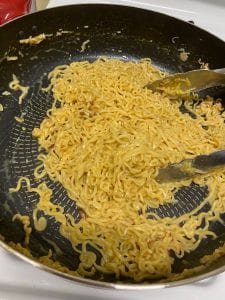

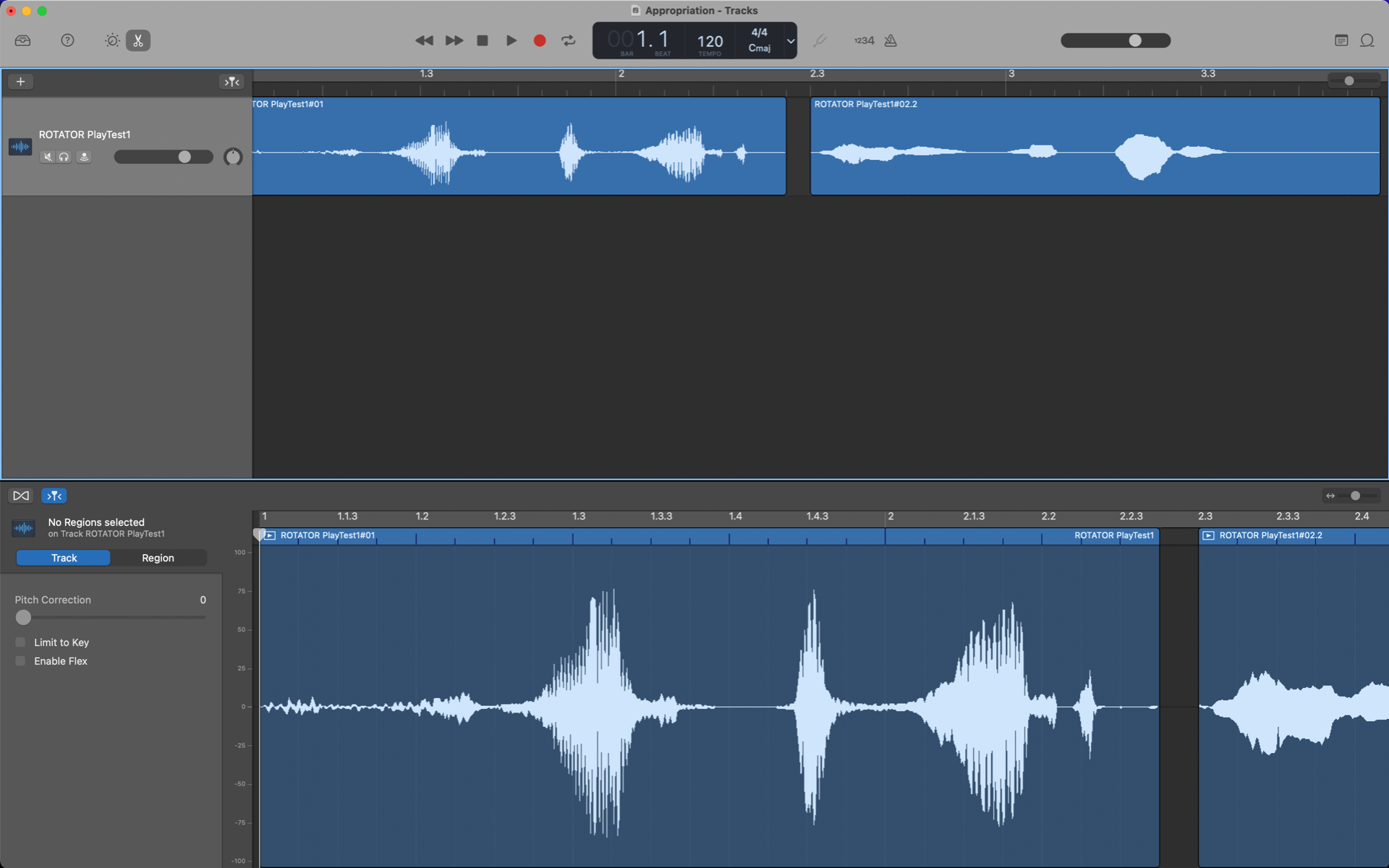

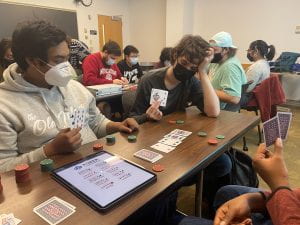

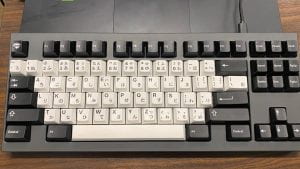

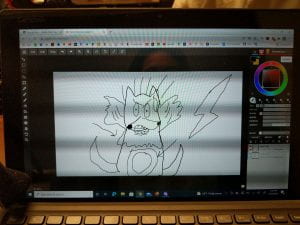

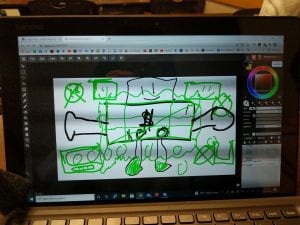


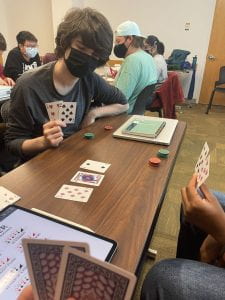

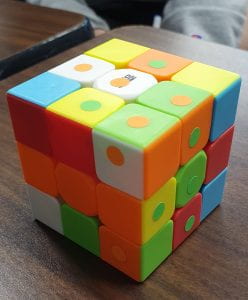
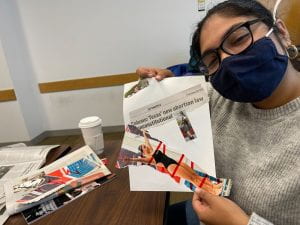
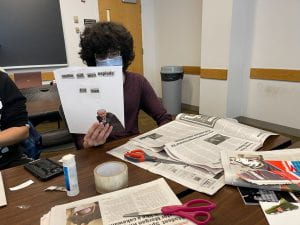

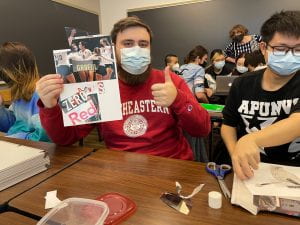 )
)